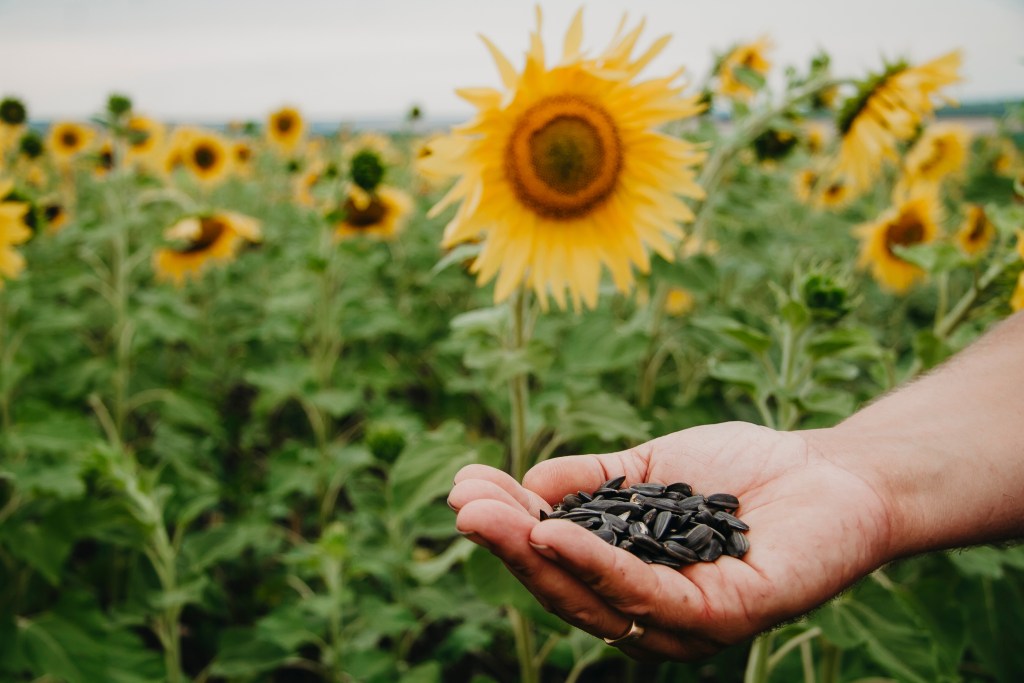In the battle against climate change, gardeners can actually make a significant impact. Gardening by itself is excellent for the planet—plants produce oxygen, shady trees reduce the need to use air conditioning, flowering plants support pollinators, and homegrown food cuts down your carbon footprint. With an extra day this Labor Day weekend, you can kick off simple projects to make your garden greener in the long run. If you need some inspiration for making your yard greener, keep reading ahead for tips on what kind of plants to grow and how to cut back on using resources in your garden.

Grow native plants
Spend the Labor Day weekend putting down native plants in your garden. Native plants are sustainable in that they can thrive with local rain patterns and local soil, so you don’t need to bring in extra reinforcements, such as water, fertilizer, and pesticide. Plus, growing plants adapted to your region will attract local pollinators and provide them with shelter and food. The pollinators, in turn, will also help your garden plants produce seeds and fruits.
So how can you get started with planting native species? You can look up plants local to your region online — a great resource is Audubon’s database, where you can type in your zip code to discover plants native to your area. Local garden centers will also usually sell plants best suited for your specific region, so don’t be afraid to ask your neighborhood nursery owners about the native foliage that they sell! Depending on how many plants you bring home, this project can be as simple as popping your nursery planter in a pot—placing your plants into the ground shouldn’t take too much time, either!

Find creative ways to reduce water usage in your garden
There are many ways to cut back on water usage in your garden. Here are a few of our favorite ways to get you started!
Install rain barrels
Prepare for post-Labor Day rains by setting up a rain barrel to collect water for your plants. You can grab a ready-to-go one, or create one by adding a hose barb and valve to a large plastic bottle. After drilling a hole and setting up your valve, add a filtering screen at the top to prevent debris from floating in.
Install drip irrigation systems
Installing drip irrigation is relatively simple, and it’ll deliver water directly to the roots, so you don’t lose water to erosion or evaporation. First, plan where your hoses will actually go. To get started, install a backflow preventer valve to your faucet and attach a hose adapter to your hose lines. Install tees for each hose branch line, and clamp those tees to the ground. Then, add emitters so that your plants can actually get water! To make this process go by easier, you can search your local hardware stores for ready-to-go kits.
Mulch your plants
If you want to start simple with reducing water consumption, you can spend Labor Day doing some straightforward mulching. Whether you use dead leaves or bark, mulching will help your soil retain moisture for a longer time.

Cut back on lawn space
Grass notoriously needs a lot of maintenance—mowing, watering, and fertilizing your lawn requires, in turn, a significant amount of natural resources. Consider cutting back on your lawn space to help your yard be more eco-friendly. This project may take a few days, depending on how much grass you want to remove and what tools you use to remove it. On that latter point, you can use a gentle organic herbicide to remove your lawn or go about the process with a till. In either case, it will take a bit of time and effort on your part, but the results will be well worth your energy!
After removing the grass, place down trees, flowers, or low-maintenance ornamental grasses to furnish your garden. Alternatively, you can also put down pavers, bricks, and other types of aesthetically pleasing hardscaping. While this second route may cost more and take extra time to install, it will require little maintenance in the future.
With extra time on your hands this Labor Day weekend, commit to one modest but impactful green act at home. Whether you’re growing native plants, installing ways to conserve water, or cutting back on lawn space, the fight against climate change can start in your very own garden. Remember that while these projects may require an initial investment of time and money, they can actually help your garden become self-sustaining and save you costs on your water bill!
Editors' Recommendations
- 6 tips you should keep in mind when building your own drought-tolerant garden
- Climate zone 3 plants that will thrive in cool temperatures
- What to do with an old Christmas tree: 6 ways to recycle your tree after the holidays
- Indoor gardening: Hydroponics growing tips for any plant
- 4 November garden plants you should consider growing




